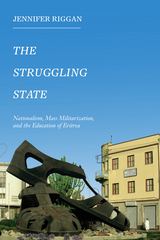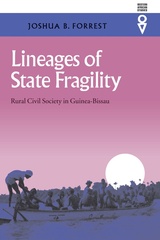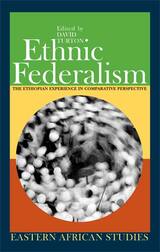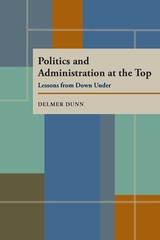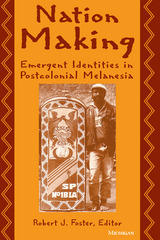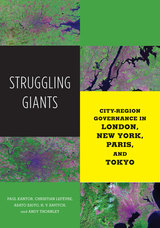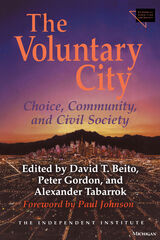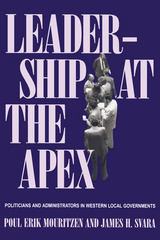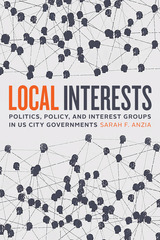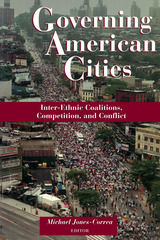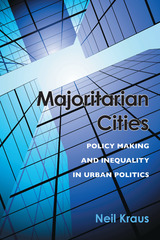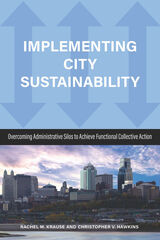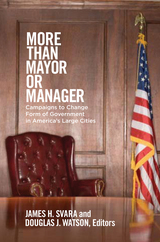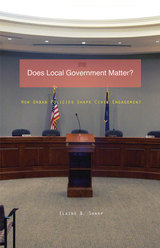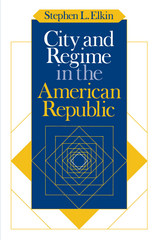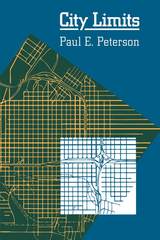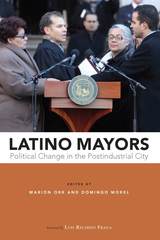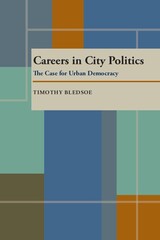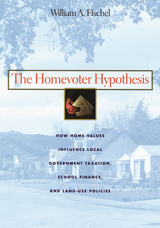Governing American Cities: Inter-Ethnic Coalitions, Competition, and Conflict
Russell Sage Foundation, 2001
Paper: 978-0-87154-417-9 | Cloth: 978-0-87154-415-5 | eISBN: 978-1-61044-321-0
Library of Congress Classification JS323.G59 2001
Dewey Decimal Classification 320.850973
Paper: 978-0-87154-417-9 | Cloth: 978-0-87154-415-5 | eISBN: 978-1-61044-321-0
Library of Congress Classification JS323.G59 2001
Dewey Decimal Classification 320.850973
ABOUT THIS BOOK | AUTHOR BIOGRAPHY | TOC
ABOUT THIS BOOK
The new immigrants who have poured into the United States over the past thirty years are rapidly changing the political landscape of American cities. Like their predecessors at the turn of the century, recent immigrants have settled overwhelmingly in a few large urban areas, where they receive their first sustained experience with government in this country, including its role in policing, housing, health care, education, and the job market. Governing American Cities brings together the best research from both established and rising scholars to examine the changing demographics of America's cities, the experience of these new immigrants, and their impact on urban politics. Building on the experiences of such large ports of entry as Los Angeles, New York, Miami, Houston, Chicago, and Washington D.C., Governing American Cities addresses important questions about the incorporation of the newest immigrants into American political life. Are the new arrivals joining existing political coalitions or forming new ones? Where competition exists among new and old ethnic and racial groups, what are its characteristics and how can it be harnessed to meet the needs of each group? How do the answers to these questions vary across cities and regions? In one chapter, Peter Kwong uses New York's Chinatown to demonstrate how divisions within immigrant communities can cripple efforts to mobilize immigrants politically. Sociologist Guillermo Grenier uses the relationship between blacks and Latinos in Cuban-American dominated Miami to examine the nature of competition in a city largely controlled by a single ethnic group. And Matthew McKeever takes the 1997 mayoral race in Houston as an example of the importance of inter-ethnic relations in forging a successful political consensus. Other contributors compare the response of cities with different institutional set-ups; some cities have turned to the private sector to help incorporate the new arrivals, while others rely on traditional political channels. Governing American Cities crosses geographic and disciplinary borders to provide an illuminating review of the complex political negotiations taking place between new immigrants and previous residents as cities adjust to the newest ethnic succession. A solution-oriented book, the authors use concrete case studies to help formulate suggestions and strategies, and to highlight the importance of reframing urban issues away from the zero-sum battles of the past.
See other books on: City Planning & Urban Development | Competition | Conflict | Minorities | Municipal government
See other titles from Russell Sage Foundation


